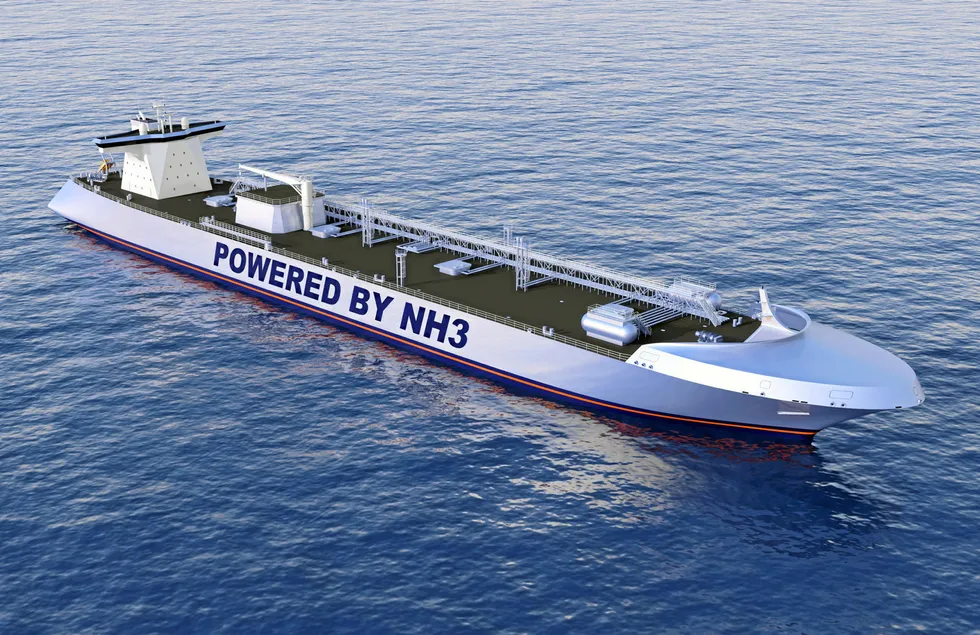SPECIAL REPORT | Burns, blindness and agonising deaths: is it safe to ship hydrogen-derived ammonia around the world?
Highly toxic NH3 has emerged as the favoured fuel for zero-carbon shipping and as a cost-effective method for transporting H2 long distances — but what happens if it leaks or the vessel sinks? asks Rachel Parkes
